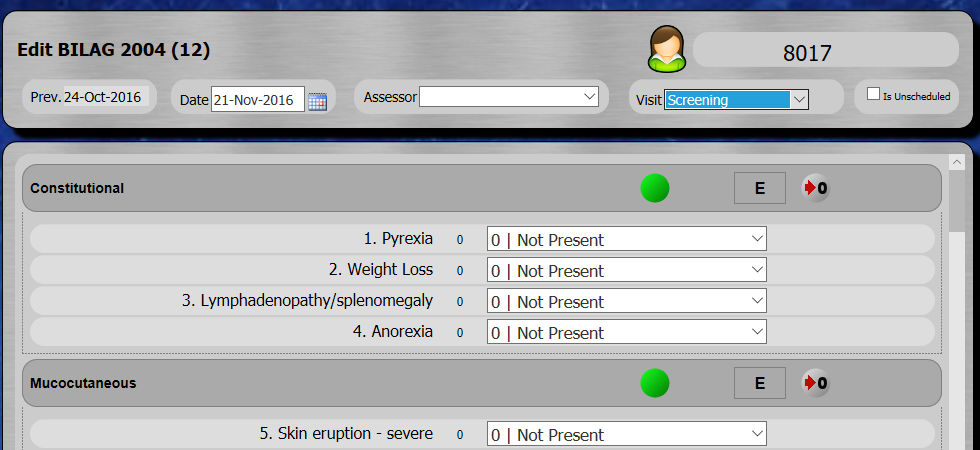BLIPS Lupus Activity Assessments
BLIPS™ was designed in the mid-1990s based around the need for computerisation of the BILAG Index. As a paper form BILAG was perceived as rather complex to score, although the between raters test was good, if scored by a BILAG expert. After computerisation and validation of BILAG scoring algorithm was complete, this made BILAG very reliable and highly sensitive. However the alternative lupus activity index, SLEDAI, although less sensitive, was still popular due to its simplicity to use in clinics, before computerisation. Over time the 'BILAG or SLEDAI ?' question disappeared as BILAG and SLEDAI both served slightly differnt purposes, and responded to highlight different features of the SLE. There are other lupus activity indices available, but these two are the predominant indices, and most clinics will use one or both, and most clinical trials will use both.
There is no disputing that BILAG is inherently the most sensitive Lupus Activity assessment. BILAG involves evaluation of the the patient's involvement with 97 items, evaluting each as Not Present / New / Worse / Same / Improving - based on the principle of the physicians intention to treat. Although 97 items may sound laborious, BILAG is subdivided into 9 organ based sections, seven of which can be skipped when the patient exhibits no involment in the organ system. The final two sections Renal and Haematology are predominantly laboratory based. BILAG has gone through iterative changes through the years. BLIPS version 1 used the original 84 question version published in 1994, but subsequent releases in 1997 and then 2000 replaced this. In 2004 a new 97 question version was developed, and the 2000 version was redesignated as Classic BILAG. BILAG Classic is still available in BLIPS.
The new BILAG 2004 Index, was clinically developed in 2004, published in 2005 and then changes published in 2006. It was again revised in 2009, and in 2011, when the final scoring changes were implemented in BLIPS. In 2012 the BILAG Flares calculation was integrated in BLIPS, without the need for extra questions, and the latest release in 2016 saw pregnancy modifications, and edit checks against SLEDAI implemented. In 2017 the BICLA (BILAG based) Responder calculation was introduced into BLIPS, and is automatically generated in real time.
In BILAG 2004 the non laboratory items are all graded 0-4 on their severity, and in addition each item is weighted on its clinical significance. Based on the seeverity and weighting for each item, BILAG 2004 reports ABCDE scores for its nine system groupings with A representing the most severe Activity. Using a different set of scoring criteria, the same 97 items are used to determine flares. BILAG scores and flares can also be calculated as numeric values for graphing purposes, or combining to an overall score. Unlike other indices, these are not simple item counts, but are values weighted on severity and clinical significance.
SLEDAI (SLE Disease Activity Index) has undergone a similar metamorphisis over the years. Originally known as the SLEDAI assessment, it was modified in the Safety of Esrtogens in Lupus Erythematosus National Assessment (SELENA) trial and this modification, containing 24 items, is known as the SELENA-SLEDAI index and was the first version contained in BLIPS. This was quick and easy to use in clinics with simple 'present / not present' decisions made against a documented Glossary for each item. In 2000 subtle, but significant, changes were made to the SLEDAI Glossary and it became SLEDAI 2000 (or SLEDAI 2K). However the paper form and the scoring remained the same leading to confusion during patient evaluations, especially in clinical trials where the sublty of the changes led to mixed evaluations. Confusion arose when simultaneous studies were using different versions at the same clinics, and to add to the confusion, seveal hybrid versions emerged, containing a mixture of the two versions. Some of the hybrids were deliberate, but some were accidents created by poor version control. It is very important that the protocol defines the glossary which will be used for SLEDAI, and even more important that the assessors are trained on the correct version. The chosen version may not be the same as they are using elsewhere. This has in recent years led to the reliability and consistency of SLEDAI being undermined. As well as SELENA SLEDAI, SLEDAI 2K and Hybrid SLEDAI, an additional set of questions can be added to gave a SLEDAI Flare Index score. Finally a separate score from SLEDAI has been introduced known as CLINICAL SLEDAI, which discards eight laboratory results, and relies on 16 physician assessed items. In 2016 BLIPS introduced Edit Checks of SLEDAI data against BILAG data and in 2017, SRI 4, 6 and 8 Responders became automatically generated. All versions of SLEDAI (2K, SELENA, Hybrid and Clinical) are available in BLIPS with or without Flares, and responders.
An index for Cutaneous Lupus Erythematosus was developed in 2005
to facilitate the quantification of disease activity and damage of
cutaneous lupus erythematosus The CLASI (Cutaneous
Lupus Erythematosus Disease Area and Severity Index)
has separate scores for damage and activity of skin
manifestations. The CLASI has good content validity and
between-rater reliability when used by dermatologists. A study
recommended that rheumatologists may benefit from incorporating
input from dermatologists for the use of the CLASI. CLASI is
available in BLIPS and can be used alongside BILAG and SLEDAI, as an
alternative for the appropriate patients. In 2010 a revised CLASI
(RCLASI) was developed, improving accuracy in existing parameters
and adding new parameters to include all types of cutaneous lupus.
However the validity and reliability were only proven among
dermatologists. At the time of writing, the CLASI requires further
validation amongst rheumatologists before adoption in clinical
trials.
SLAM-R completes the current activity measures
available in BLIPS currently. This was published in 1989 as the
Systemic Lupus Activity Measure (SLAM) and revised in 2001 as
SLAM-R. There are several advantages and drawbacks asociated with
SLAM-R. While using a score of 0-3 to to grade severity can be seen
as an advantage over SLEDAI's Present/not Present grading, when
compared to BILAG there is no concept of grading the significance of
the organ or system involved. SLAM-R sought to improve on SLAM by
dropping the difficult to score items, and weighting the scores, but
also include subjective items like fatigue, shortness of breath,
chest pain etc, which may or may not be attributable to lupus. The
SLAM_R has been used in clinical trials, and may give a useful
persprctive if used alongside BILAG an/or SLEDAI. It has also been
used in asessing lupus in childhood. Like CLASI, it may co-exist in
BLIPS and be a useful tool in appropriate circumstances.
ECLAM, the European Consensus Lupus Activity Measurement was first published in 1992. Based on only 15 weighted items, the ECLAM index has been nevertheless been shown to be reliable, valid, and sensitive to change, when compared against other indices including the SLEDAI and BILAG index. The ECLAM index has been validated for the assessment of disease activity in childhood-onset lupus, the it has not been extensively used in clinical trials. Currently it is not available in BLIPS, but could be added on request, if required.
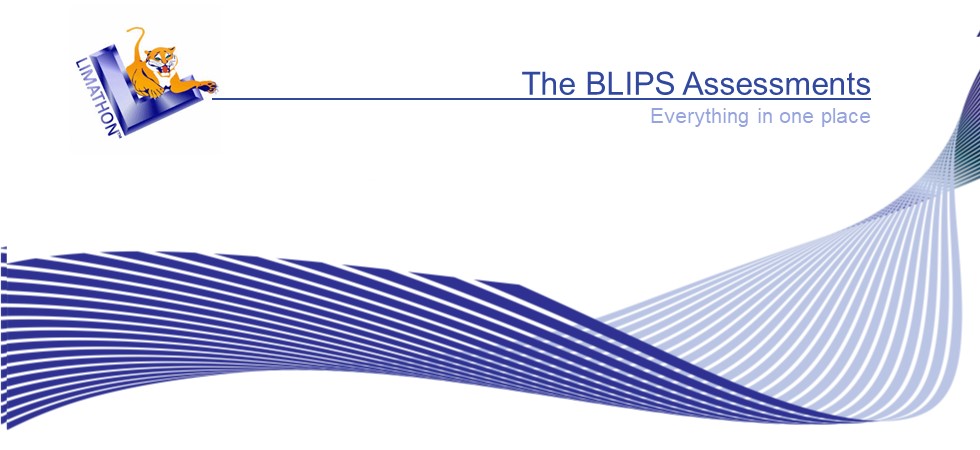
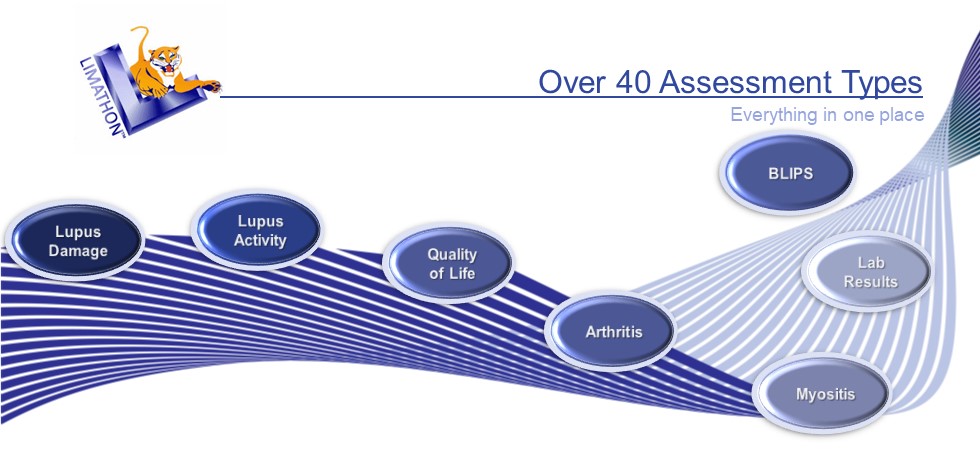
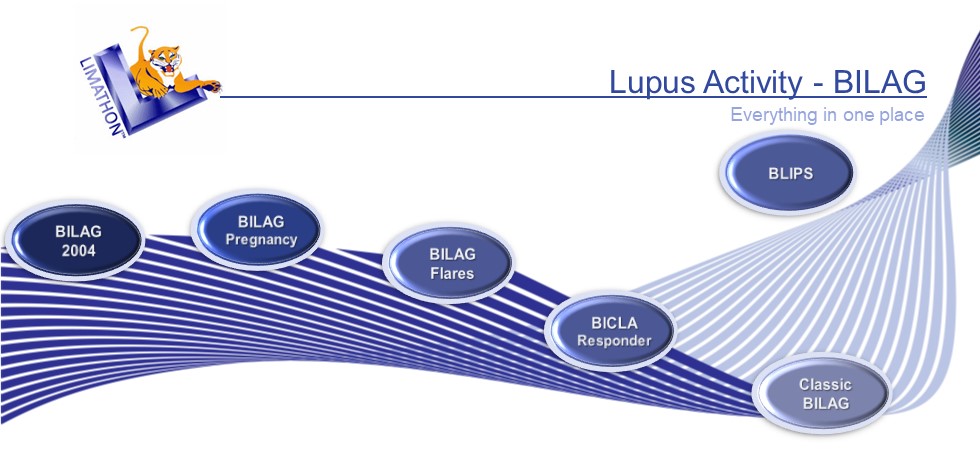
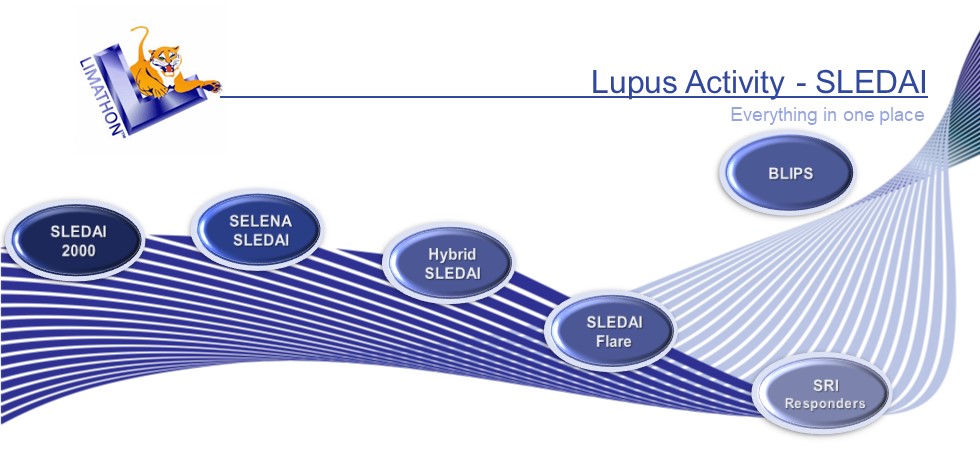
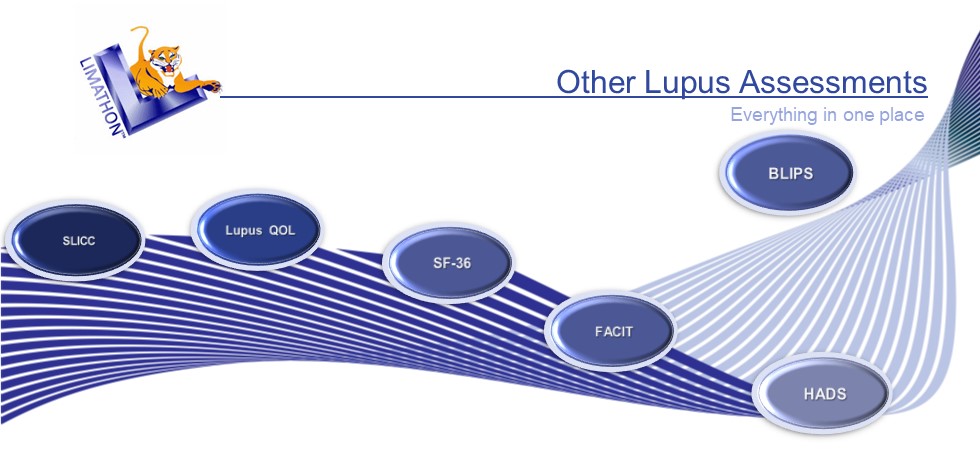
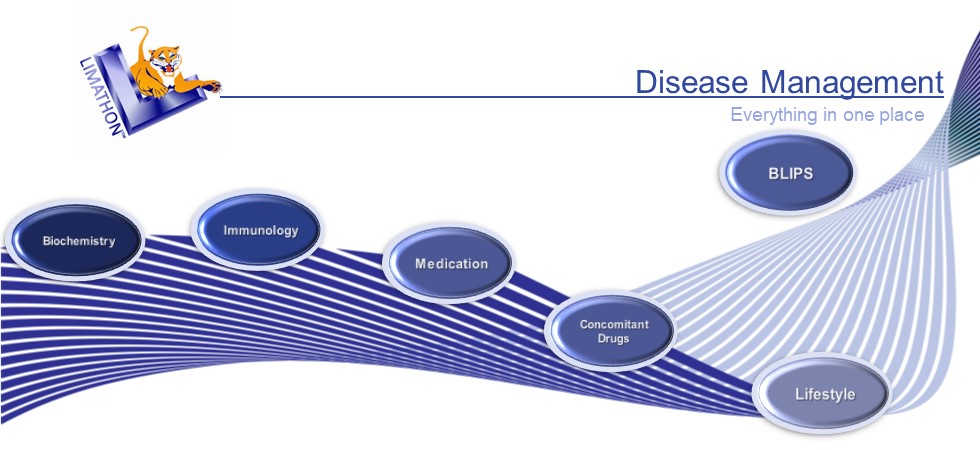
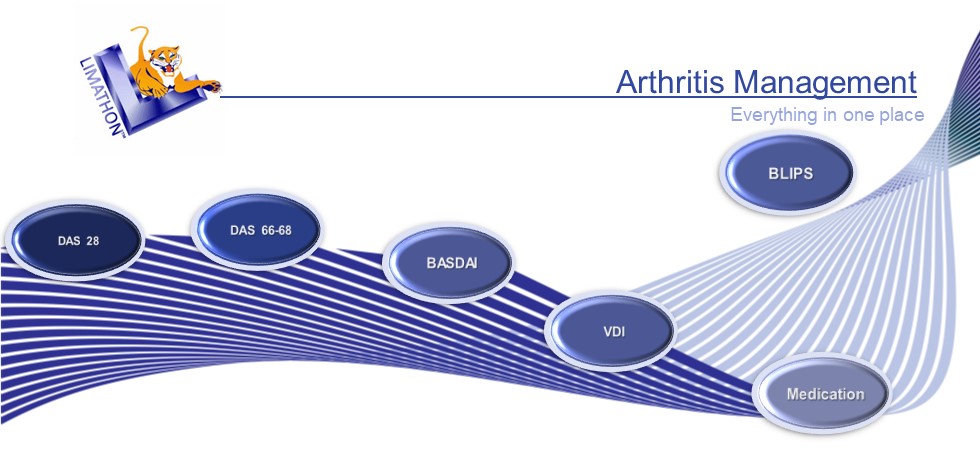
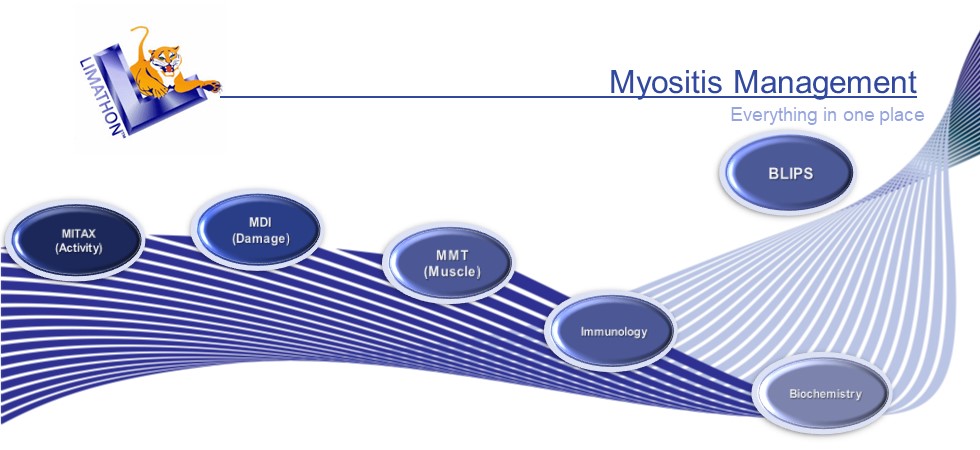
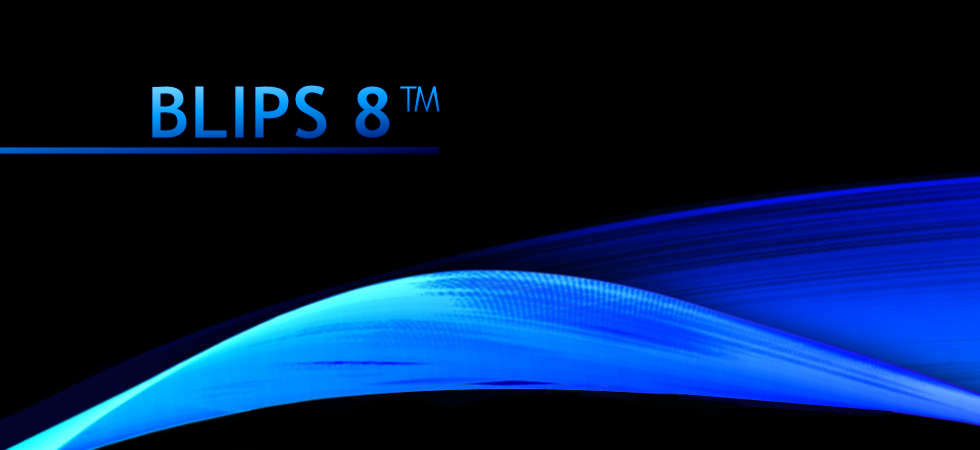
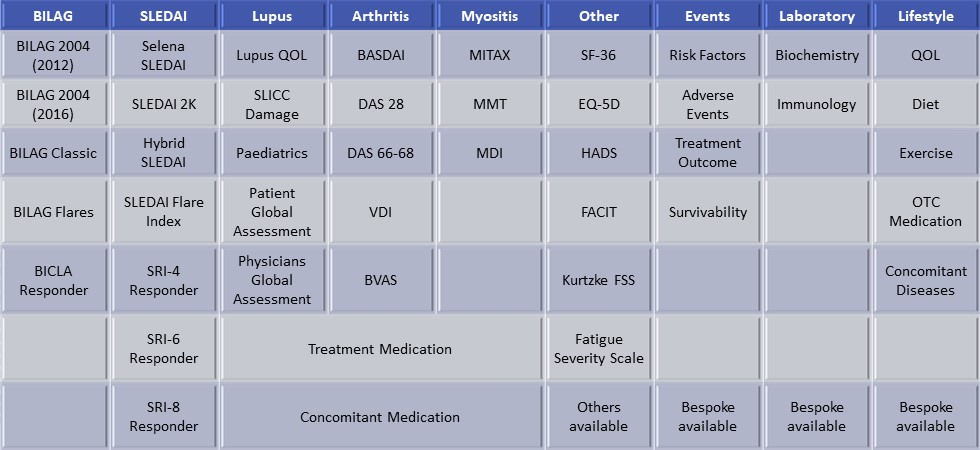
 1
1
 2
2
 3
3
 4
4
 5
5
 6
6
 7
7
 8
8
 9
9
 10
10
